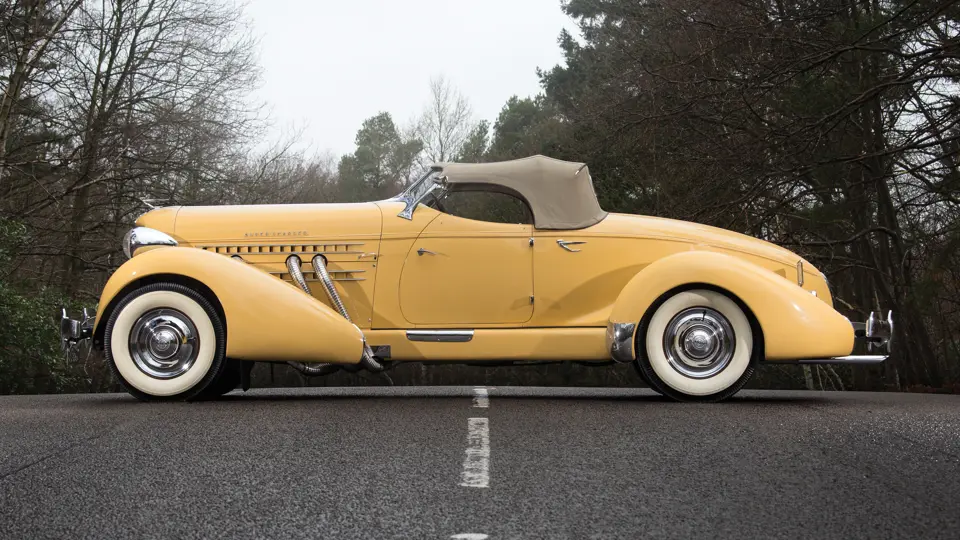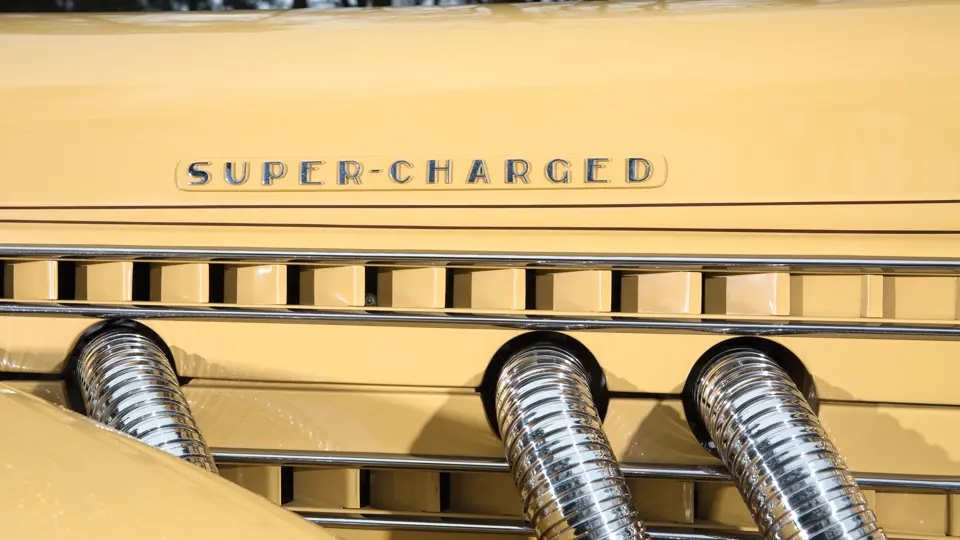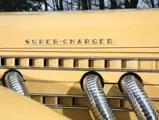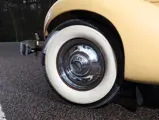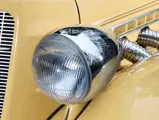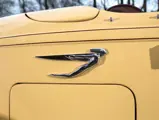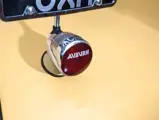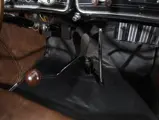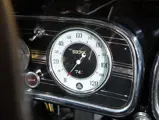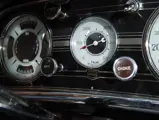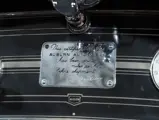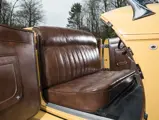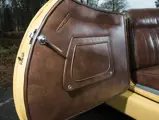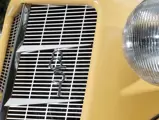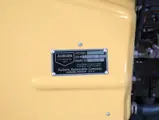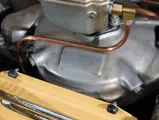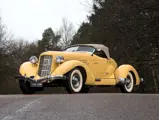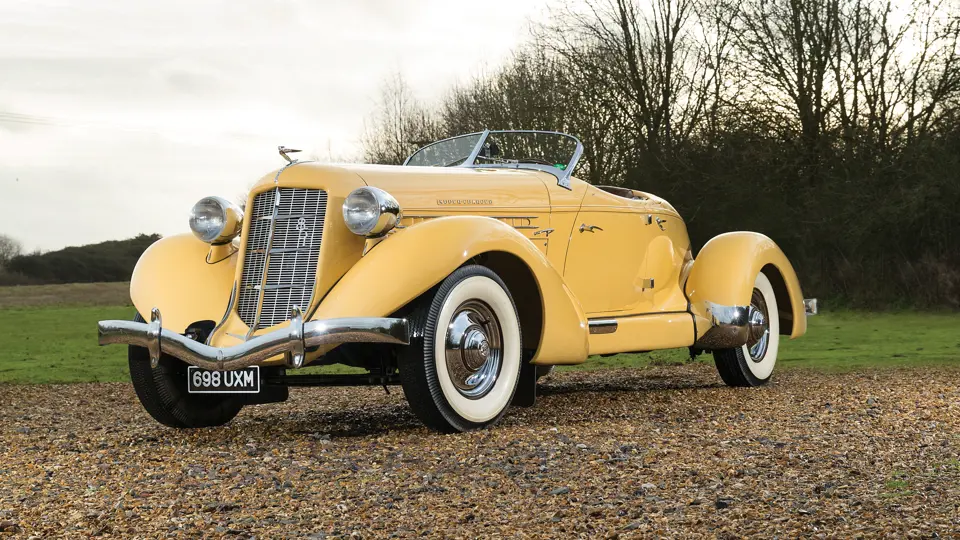
1935 Auburn 851 Supercharged Speedster
{{lr.item.text}}
$715,000 USD | Sold
{{bidding.lot.reserveStatusFormatted}}
- One of the most desirable CCCA Full Classics
- An authentic example of excellent quality and purity
- Formerly owned by John Ehresman and Ralph Marano
- Well-maintained older restoration by marque specialists
- ACD Club Certified Category One (A-289)
Model 851. 150 bhp, 280 cu. in. L-head inline eight-cylinder engine with a single two-barrel carburetor and Schwitzer-Cummins centrifugal supercharger, three-speed manual transmission with a Columbia dual-ratio rear axle, solid front and rear axles with semi-elliptic leaf springs, and four-wheel hydraulic drum brakes. Wheelbase: 127 in.
THE AUBURN SPEEDSTER
In the days when Bugattis crossed France and 4½-Litre Bentleys tore through the British countryside, the American equivalent was the Auburn speedster. Indiana’s Auburn Automobile Company revealed its first version of this dashing body style, inspired by a Duesenberg show car, for the 1928 model year and would offer variations on the theme through to the end of production in 1936.
The 1935–1936 speedsters were designed by the legendary Gordon Buehrig. Audacious by the standards of their time, they featured curvaceous bodywork with a straight hood line shooting back from the radiator to a sharply vee’d windshield, down between pontoon fenders, over gently sloping doors, and descending in a graceful taper to the rear bumper. It was this distinctive rear design, elegantly outlined by chrome and striping, that gave the speedster its everlasting nickname, “the boattail.”
Underneath, the speedster shared the same exciting mechanicals as other supercharged Auburn models. The glistening chrome side exhaust heralded the presence of a Schwitzer-Cummins blower, which boosted the horsepower of the Auburn straight eight to 150 from a normally aspirated reading of 115.
The 150 horsepower was sent to a Columbia dual-ratio rear axle, standard equipment on the supercharged models, which provided two ratios for each gear, one low and one high. The ratios could be changed as often as desired, while at very low speeds or at a stop, by moving the switch in the center of the steering wheel. This provided the supercharged Auburn with much greater flexibility, making it a true “driver’s car,” ideal for both purring through crowded cities and roaring down country lanes.
Each speedster bore on its dashboard a plaque inscribed, “This certifies that this AUBURN AUTOMOBILE has been driven 100.8 miles per hour before shipment.” It was signed by David “Ab” Jenkins, the speed record driver who achieved some of his greatest successes at Bonneville behind the wheel of a late Auburn speedster. Of course, the plaques were merely factory decoration installed on the production line. Then again, no one who has driven these cars since has ever complained about a lack of speed!
SERIAL NUMBER 851 32924 E
The car offered here is recorded in the list of original Auburn 851/852 Speedsters, compiled and published in 1995 in the No. 3 issue of the Auburn Cord Duesenberg Club Newsletter. It is believed to have been originally delivered in California, subsequently making its way to Lincoln, Nebraska, where it was owned by a local bank president in 1939. Its next known owner was George Schubert, also of Nebraska, who acquired the car in 1948.
Subsequently, the Auburn is said to have been purchased by William Murray of Bloomtown, New Jersey, an active Classic Car Club of America member, for whom it was restored by Stone Barn Automobile Restoration (engine, chassis, and bodywork) of Vienna, New Jersey, and recognized 1935–36 Auburn speedster expert John Ehresman (paint and final assembly) of Connecticut. The car was finished in what is considered the classic color combination for this model, Cigarette Cream with brown leather upholstery. After completion of the work, it was judged in CCCA National competition and was awarded its Senior First Prize, badge number 1790.
Later, the car was part of Ralph Marano’s well-known collection of Full Classics in New Jersey, before joining the stable of its current owner, a European connoisseur of fine automobiles. Well-maintained in his ownership and regularly driven in the South of France, its restoration is older but still extremely presentable, with paint, interior, and chrome that have held up well throughout and only minor wear. Under the hood, the engine is the correct unit for this car, with the correct supercharged “GH” block, and is mated to the proper dual-ratio rear axle that enables swift highway travel. The dashboard instruments are clear, attractive, and correct. Most importantly, the original body number is still present in the original woodwork of the floor.
Supercharged eight-cylinder Auburns are renowned both for their power and for their almost modern drivability; none are more desirable than the sensual speedster. The example offered here would be ideal for continued participation in CCCA events and CARavans, as well as Auburn Cord Duesenberg Club events. It is a beautiful machine and the embodiment of 1930s sporting style.





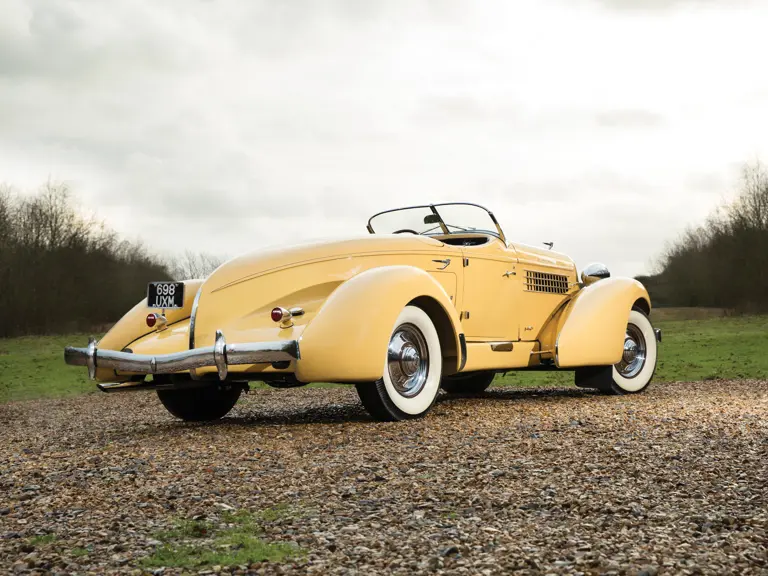
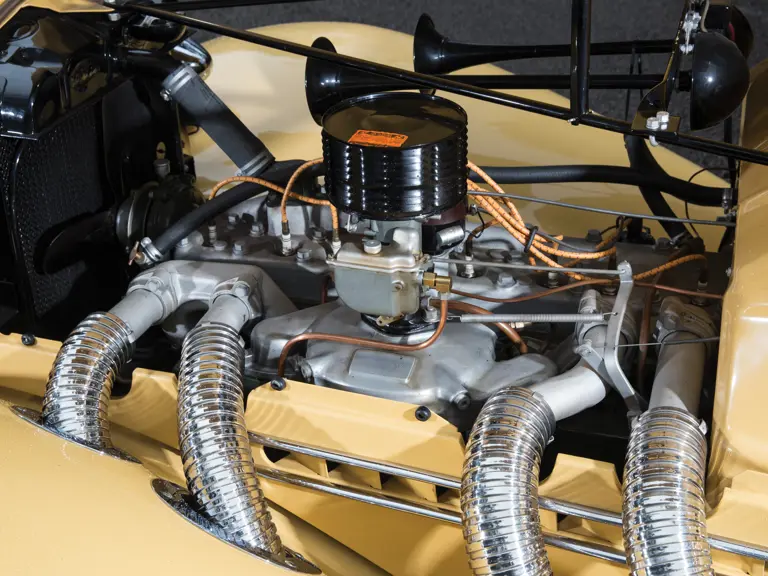
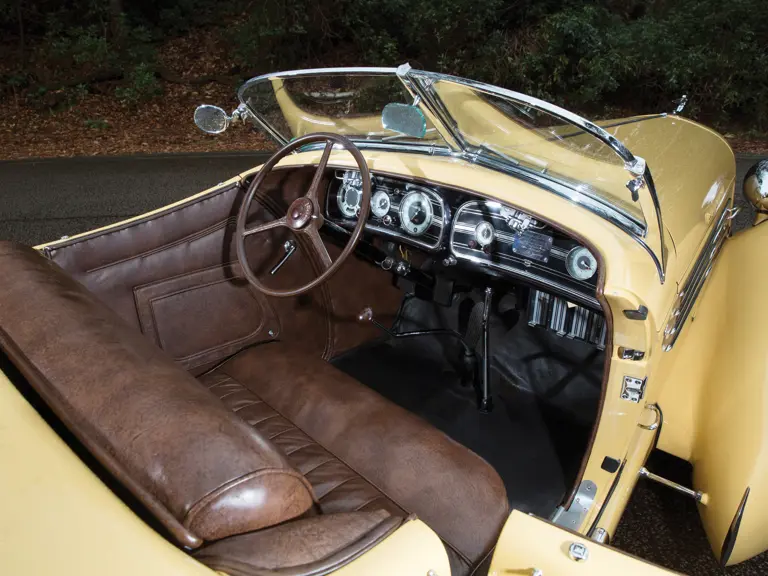

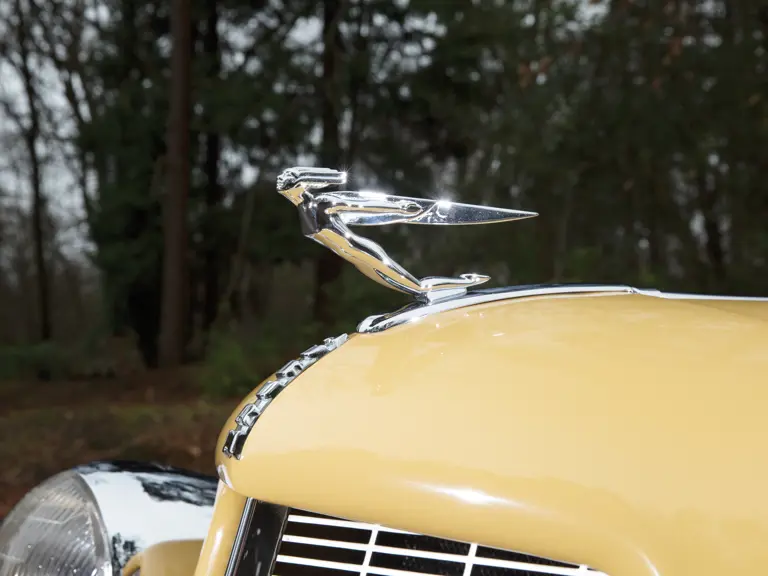
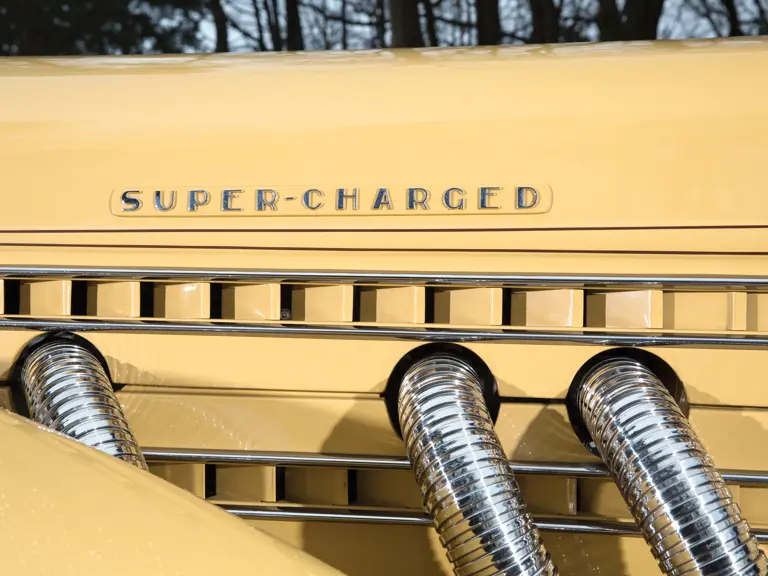
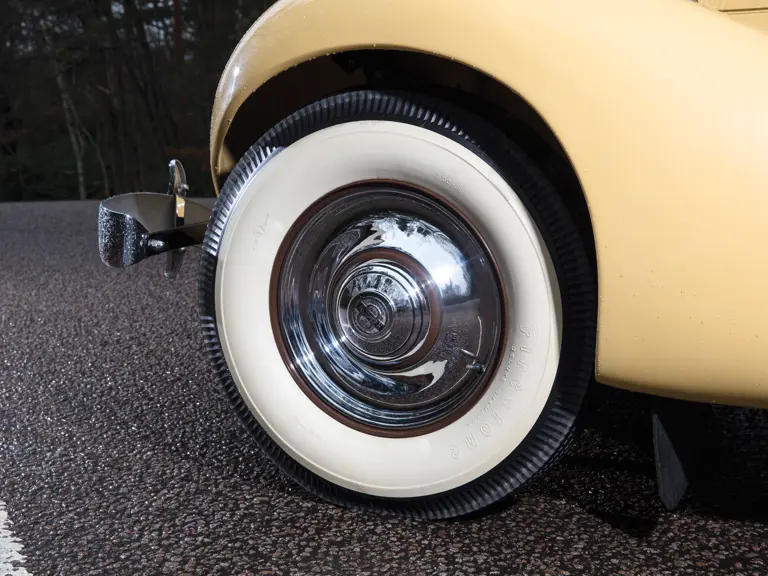


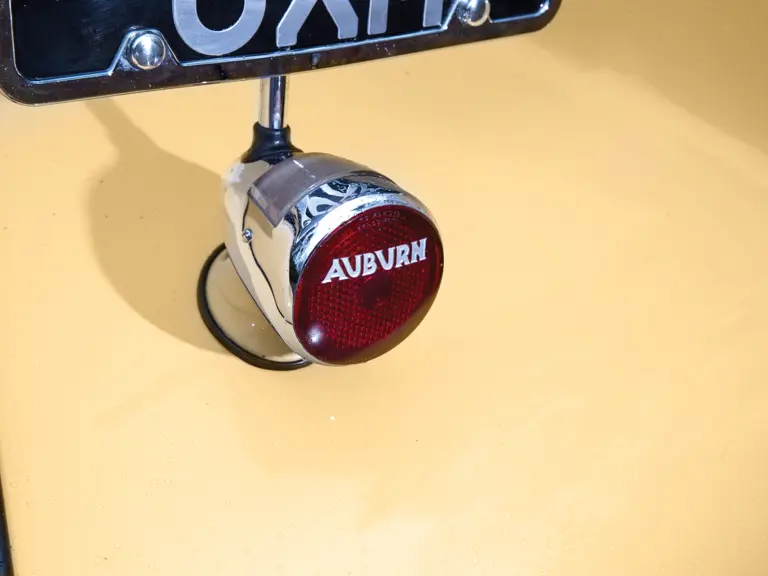
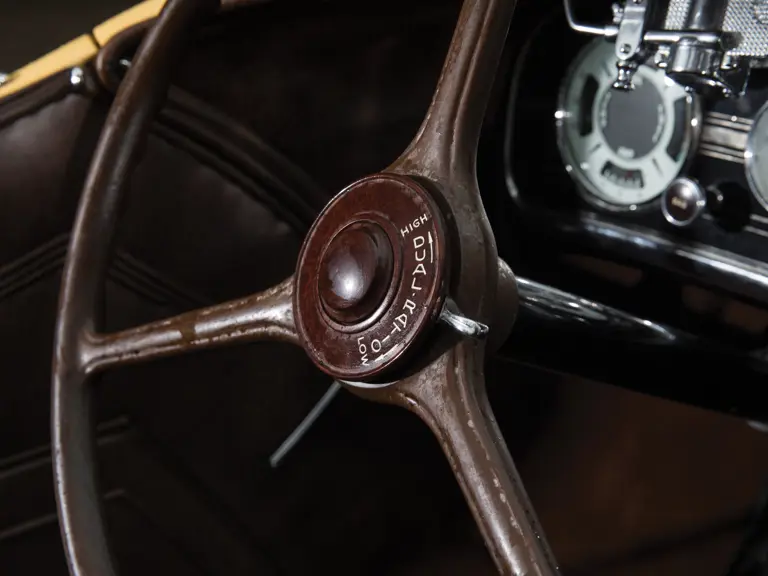
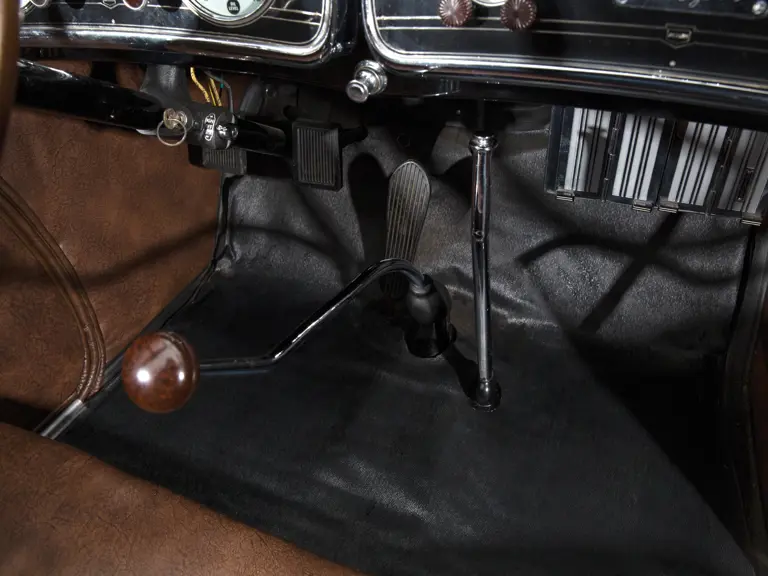


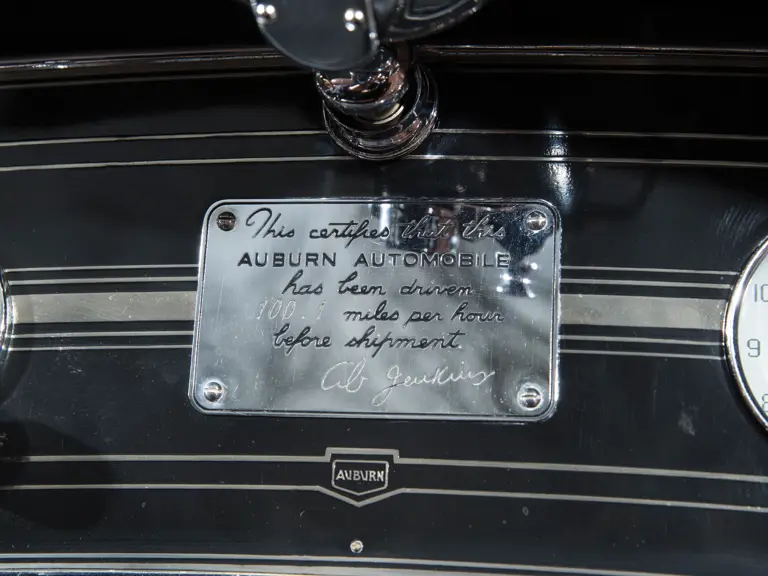
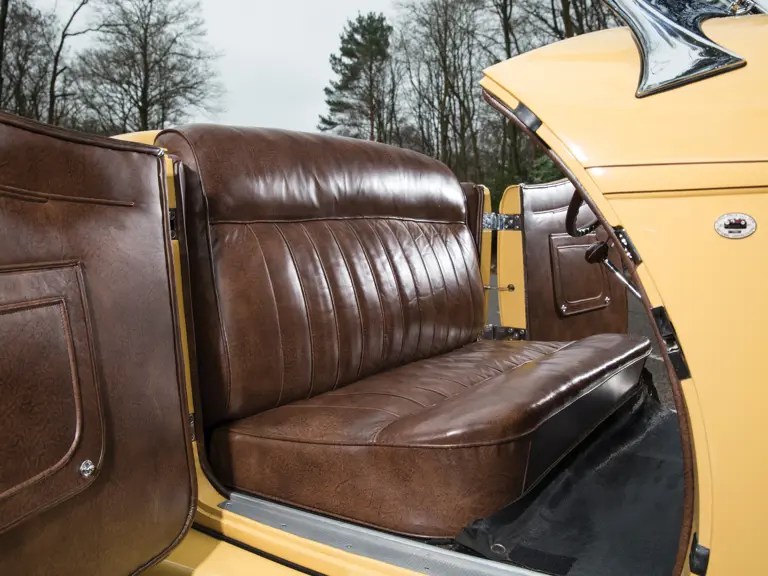

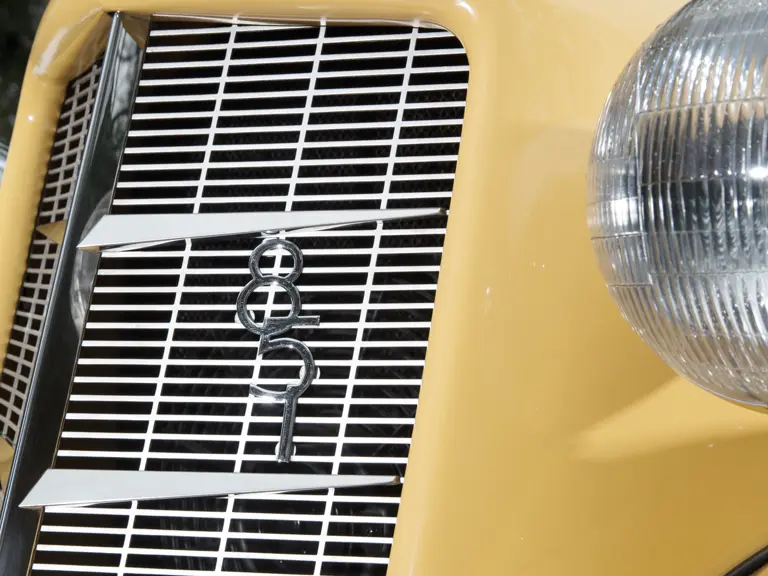
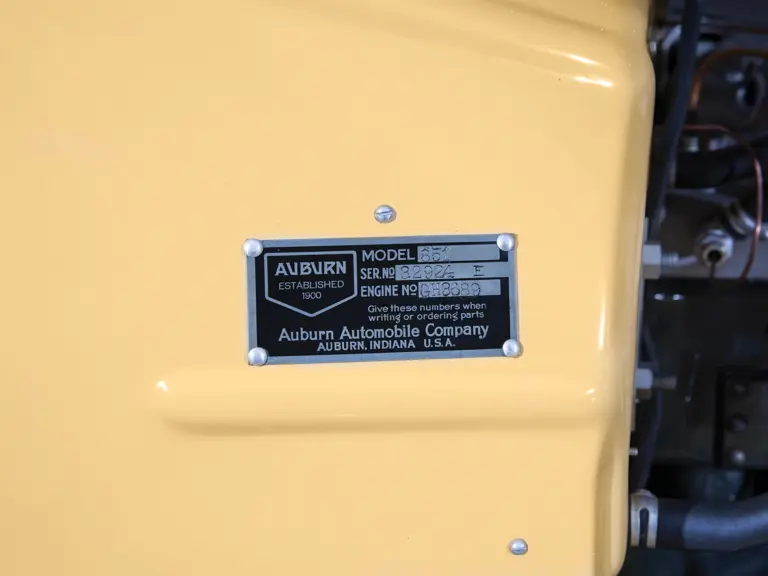

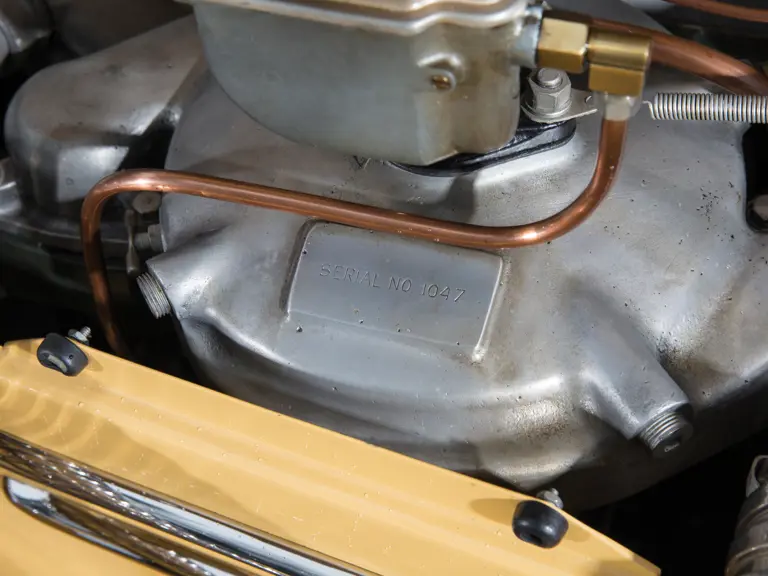
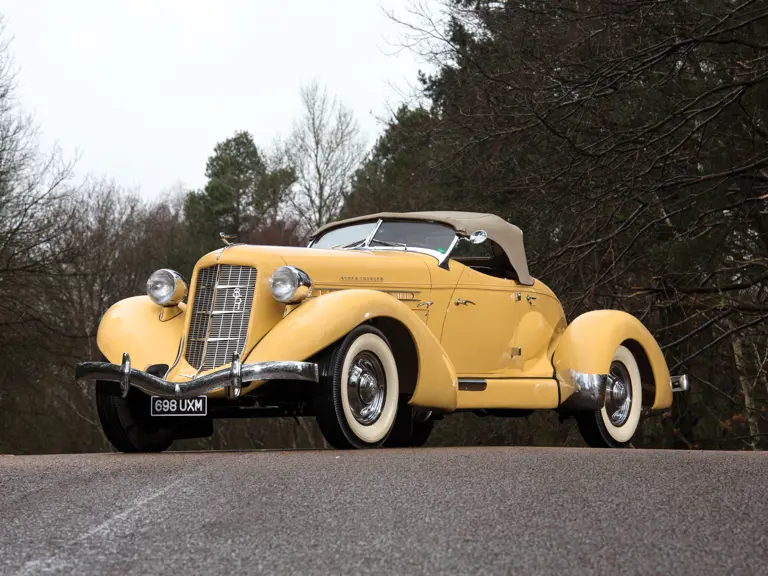

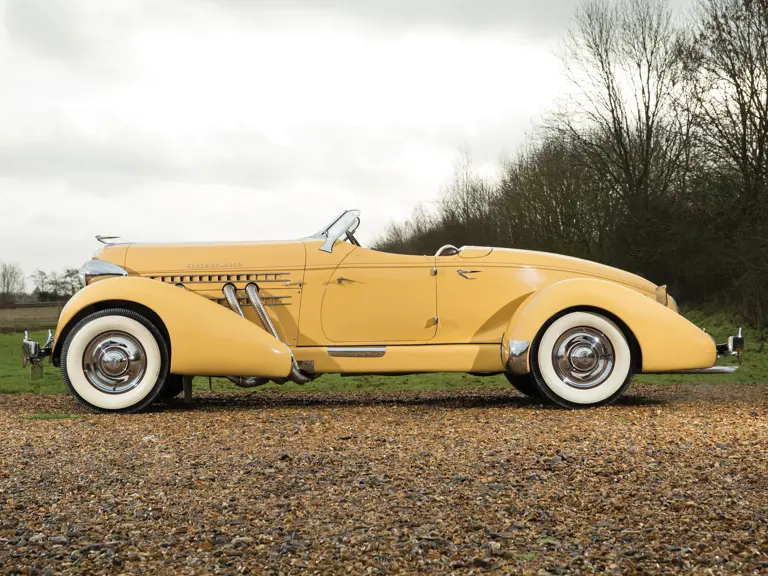
 | Amelia Island, Florida
| Amelia Island, Florida
